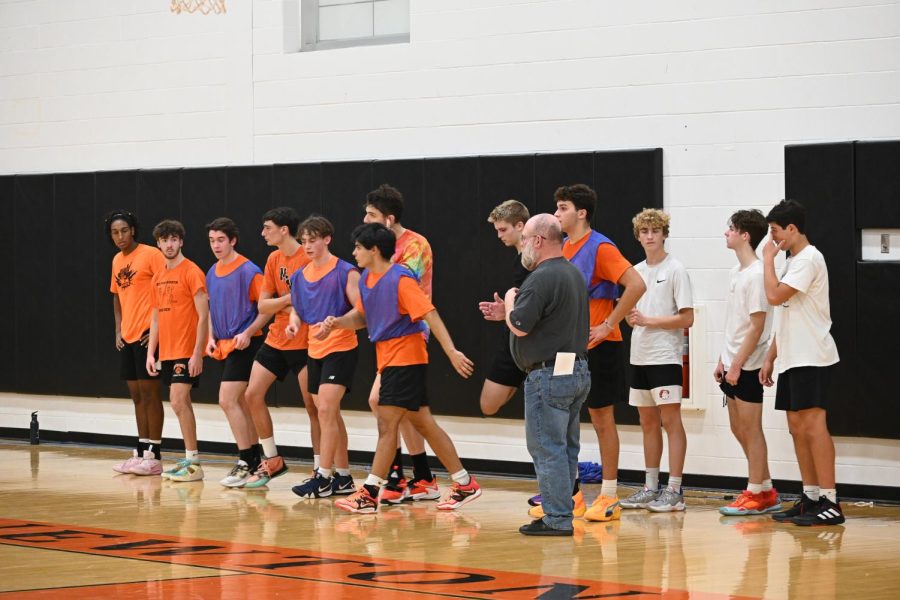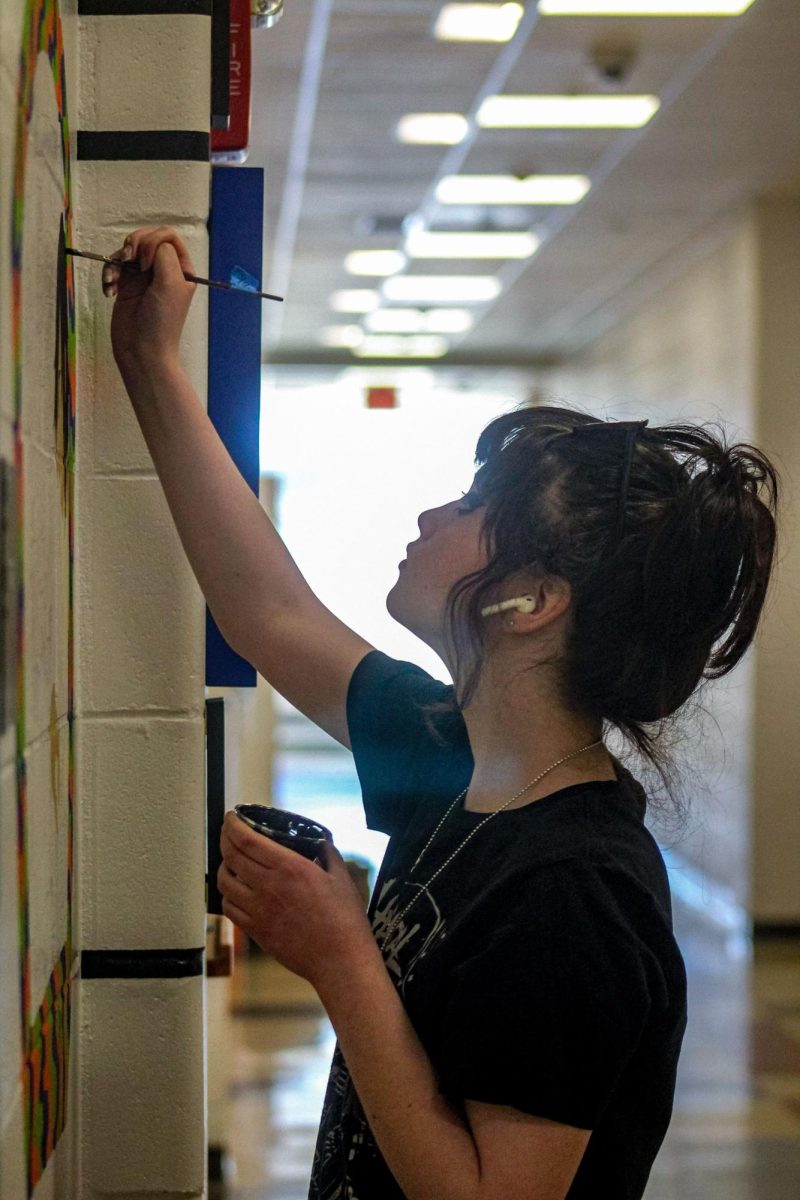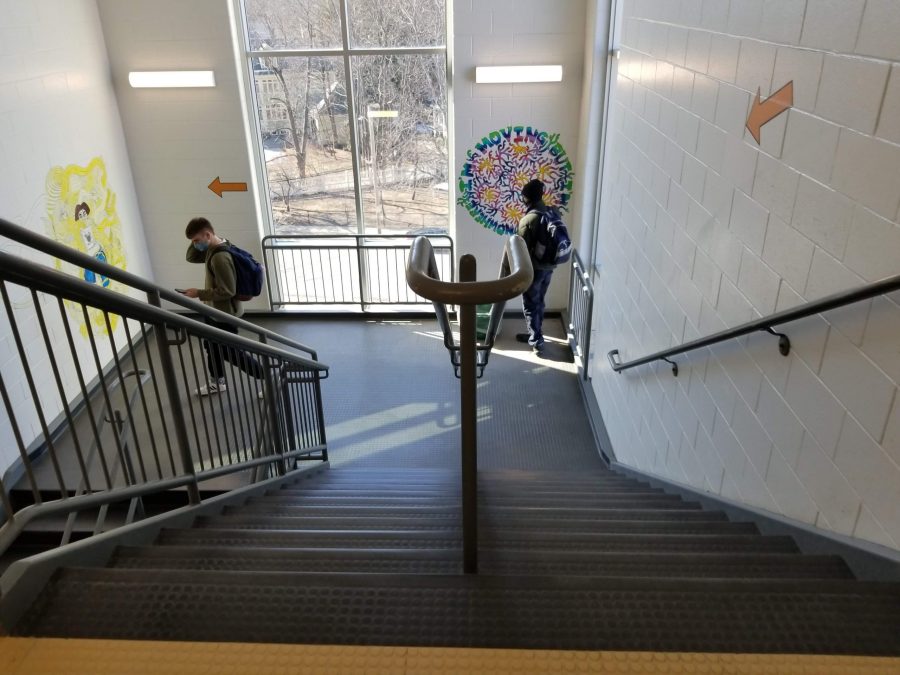by Jared Perlo
Two oblivious students round the same corner from opposite directions. Both hunch over their smart phones, texting away furiously without any regard for the outside world. Their footsteps get closer and closer together, the clickity-clacks of their shoes echoing louder and louder on the ceramic tiles. Smash.
“Watch where you’re going!”
While parents and elders might scoff at teenagers’ oblivion and over-attachment to their mobile devices, this scenario is unremarkably common in today’s age of technological whizbangery, especially with our generation that now roams the hallways of Newton North.
According to a brand new Pew Research Center study, 78% of kids 13-19 now have cellphones. Overall, the prevalence of smart phones has skyrocketed by 14% in just the last two years.
Kids these days.
Fortunately for me, my parents don’t allow me to text. And by that, I mean they said I could pay for it if I wanted to. It gives me an excuse to complain to my friends that I live in a technological stone age. It makes for good small talk.
But it turns out that maybe I’m lucky, for the increasing ubiquity of mobile devices during the teenage years has a very real impact on the wellbeing of teenagers. In the dawning millennium of technological obsession, teens are increasingly torn between reveling in reality and staring at screens.
Take, for example, the fact that teenagers now spend an average of more than seven hours a day using electronic devices, according to an article in the journal Pediatrics . That’s about a third of the day spent on electronic devices that could be spent constructively constructing homework assignments or research projects, or just lounging around with friends—a very necessary and healthy aspect of teenagers’ lives.
In fact, the more and more time teens spend on social networking sites instead of playing around with friends, adolescents risk coming down with a case of what researchers have labeled Facebook Depression, a condition thought up by the American Academy of Pediatrics (http://pediatrics.aappublications.org/content/127/4/800.full) to describe the sense of isolation and insecurity that occurs after hours of staring blankly at friends’ photos. As high schoolers grow up and gain more and more responsibility, the new generation must also learn how to manage and distance themselves from this technology when necessary. Being constantly connected isn’t always a good thing. To channel my inner cantankerous grandfather for a moment, teenagers should shut off their iPhones, or at least put them to sleep, for a half-hour each day and whip out a book or, could it be?, physically talk to another human being. Scary, I know.
But such a breather could be useful. In fact, according to another Pew Study, cell phones trail teens to their bedrooms, with over four-fifths of teenagers sleeping with their cell phones next to them. Some teens who were surveyed said that they slept with their phones under their pillows in case a friend texted them during the middle of the night, while others literally fell asleep with phone in hand. On the other side of the Facebook Depression spectrum, such constant connection to friends can harm teens’ social lives as they constantly live in fear of the social implications of an unreturned text. Failing to immediately respond to one measly text nowadays might end a relationship or might cause a rift among friends. Either way, teens are increasingly eliminating that possibility by having their phones within arm’s reach 24/7, to the point of an unhealthy obsession.
What’s more, having that smartphone always at the ready has been found to decrease our attention span and ability to focus. Larry Rosen, a professor at California State University-Dominguez Hills, followed 263 students and watched them do their homework for fifteen minutes. Shockingly, however, most students abandoned their primary objective and reverted to checking social media just two minutes into the fifteen minute time frame. In the end, only 65% of the fifteen minutes was spent on the actual task, on average. As Rosen told NBCNews, “We really assumed we set up a situation where people would try to impress us . . . Frankly, I was appalled at how quickly [the students] became distracted.”
Such horror stories don’t bring a rosy picture of the technology-controlled future, where teens will probably be plugged into more than just the solitary smartphone. To slow down the truly frightening slide into the abyss of instant-gratification and electronic-obsession, high schoolers must themselves slow down and smell the roses once in a while. Bury your noses in a musty book, or at least take a quick glance at the front page of the newspaper everyday. Then turn the iPhones back on and snapchat away.
Moral of the story: life is good when you’re too cheap to pay for texting. After all, I’m having a grand old time living in the stone ages. Turns out that Fred Flinstone is a pretty cool guy!

























































